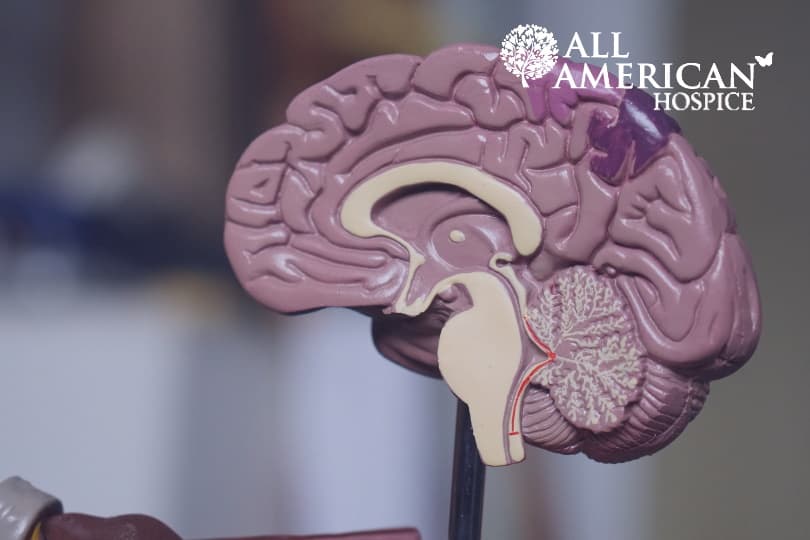Table of Contents

What Is Stage 4 Brain Cancer?
Brain cancer is an abnormal development of cells in the brain. Cancer cells multiply to create a tumor, which obstructs brain processes, including muscular control, sensation, memory, and other normal bodily functions. People have a less than 1% risk of acquiring a malignant brain tumor throughout their lifetime.
How Is Brain Cancer Staged?
Brain tumor prognosis is based on tumor histology, age, symptoms, extent of tumor residual, location, molecular features, functional neurologic status, metastatic spread, and recurrences.
Unlike other cancers that are classified according to their stages, brain cancer is graded based on its pathologic characteristics or how the cells appear under a microscope. The grades/ stages of brain cancer are as follows:
- Grade 1: A grade 1 brain tumor is noncancerous or slow-growing. Its cells resemble healthy cells in appearance and are often cured with surgery.
- Grade 2: The stage 2 brain tumors are malignant but slow-growing. Its cells under a microscope appear somewhat unusual. These tumors have the potential to spread to adjacent tissues or recur after initial therapy.
- Grade 3: The stage 3 brain tumors are malignant and develop more quickly than grade 1 and 2 tumors. When viewed under a microscope, the malignant cells display severe abnormalities. Stage 3 brain cancer can actively generate abnormal cells that can spread to other areas of the brain.
- Grade 4: Stage 4 cancer brain tumors develop rapidly and have various abnormal features that can be seen under a microscope. Stage 4 brain cancer timeline is aggressive in which the tumors can spread to other regions of the brain and may even create their blood arteries to keep up with their fast growth. Sometimes, they also feature tiny clusters of dead cells (necrosis).
Glioblastoma
Glioblastoma is a stage 4 tumor and is considered one of the worst types of brain cancer because of its unstoppable aggression. It causes an increase in pressure in the brain. This happens when the tumor becomes large and takes up more room inside the fixed volume of the skull, squeezing healthy brain tissue.
Tumors can also develop large enough to obstruct the natural flow of cerebrospinal fluid in the brain, causing pressure to build up. Increased intracranial pressure can cause the following symptoms:
- Headaches
- Nausea
- Vomiting
- Doubtful perception
- Confusion or a shift in one’s mental state
- Loss of movement
Glioblastoma is presently best treated by surgery to remove as much of the tumor as possible, followed by chemotherapy and radiation.
Conclusion
The greatest approach to protect yourself from brain cancer is to educate yourself on the many types of malignancies, their symptoms, and the various treatments available.
If you or a loved one has been diagnosed with brain cancer, you don’t have to go through it yourself. Please get in touch with All American Hospice, and we will be glad to offer you assistance and care.

 215-322-5256
215-322-5256
Comments are closed.